Gustave Courbet’s Contribution to the Art Community
Art scholars argued about Gustave Courbet, a founding father of the politically-motivated Realism campaign, revolutionising the European art setting. He is regarded as an originator and initiated the route for the Impressionists and, eventually, the genesis of modern art in Western art. In each art history domain, people are working to mark their names as Courbet did in antiquity as a founding father of the realistic movement.
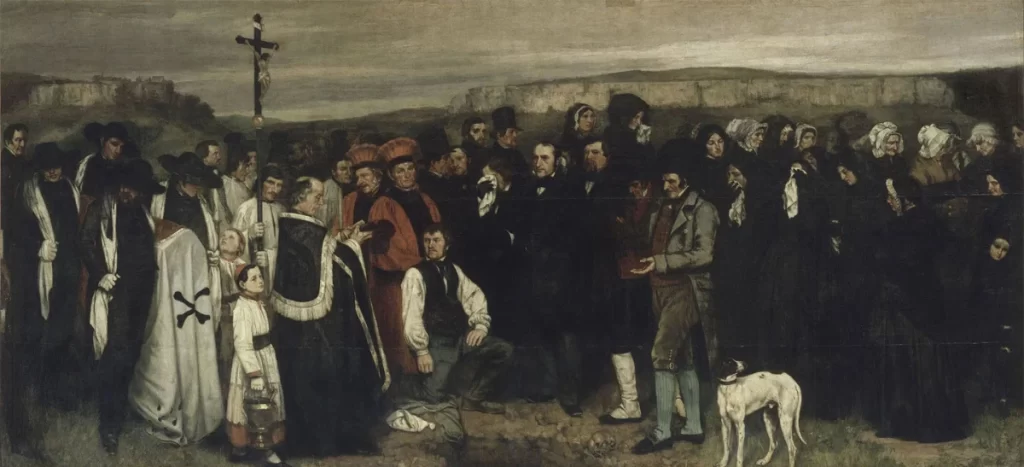
Gustave Courbet (1819-1877) was well known for his attitude toward academic convention and Romanticism in the early 19th century and only painted what he could see. Courbet’s painting was rebellious then, which helped conceive a new path for following artists. Impressionism and Cubism start and flow from Courbet’s intervention of Realism, and he taught the artist to bring comments on the social realities as a visual statement.
The Themes in Gustave Courbet’s Paintings
Religious morality sets the theme and codes in painting in Courbet’s time. Courbet questing spiritual principles through his paintings, like Gustave Courbet’s Nude Paintings, was a hot topic then. Gustave Courbet’s style often narrates unidealised peasants and workers, mainly of a less overtly political nature he brings into his canvas.
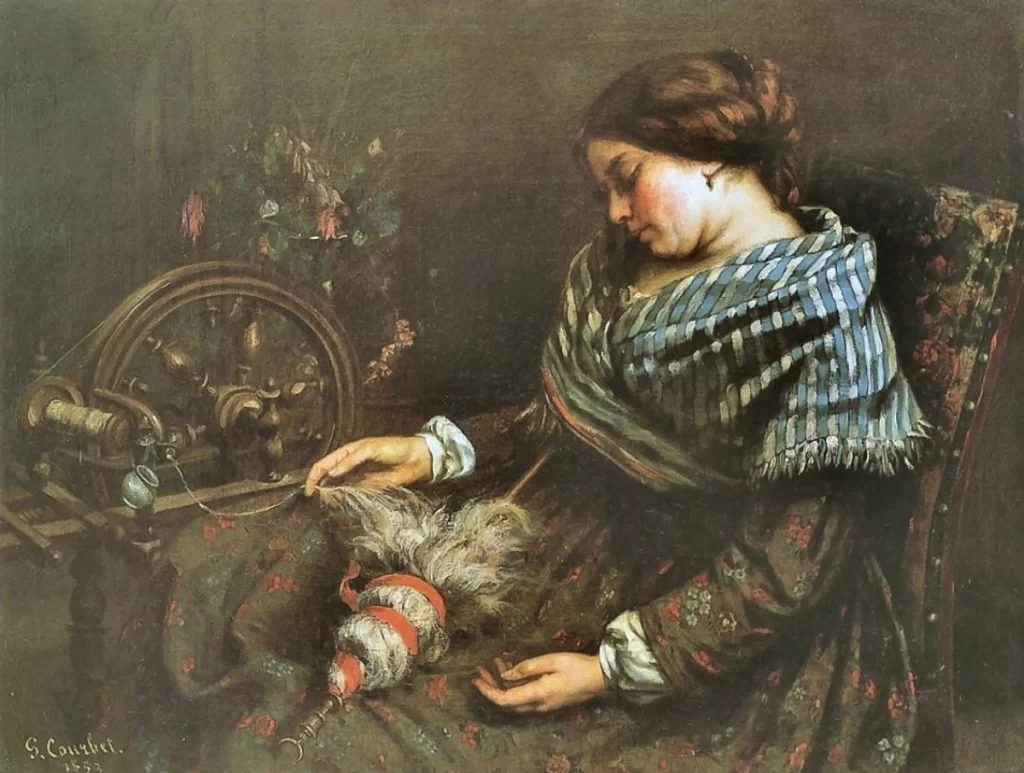
Courbet de-politicises the mythological context of 19th-century art, giving artists freedom of choice. His rejection of all representations of fictional or artificial imagery makes him a father of modern art. Art scholars argued that Courbet’s erotic nudes were not shown before, carrying political and social critique.
Gustave Courbet’s Critical Role in France
Courbet is significant because his paintings played a critical role in French culture when France’s late eighteenth and nineteenth centuries were subject to immense political censorship of the arts. Art was not free from the regulations and censorship in the time of Courbet, and he was often rebellious against the ‘state’ and ‘religious’ sponsored absurd thoughts of art.
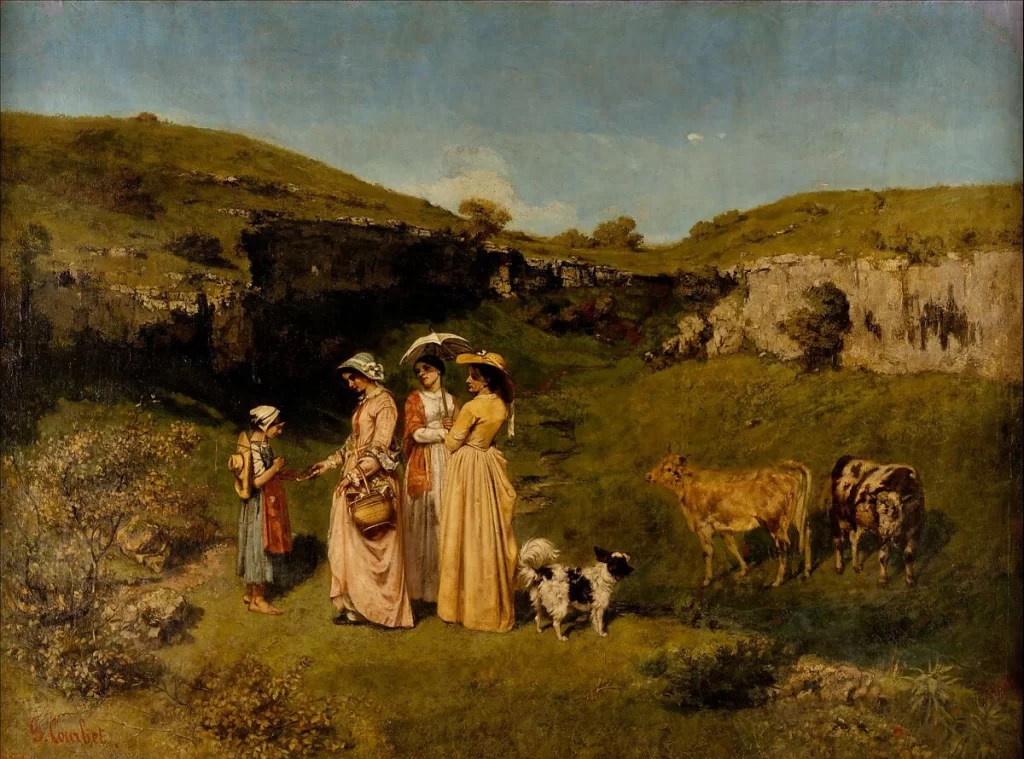
Courbet created a sensation in Paris de Salon in 1850-51. His exhibited paintings challenge the traditional style and method for depicting daily life on a large scale, counted as history paintings, and a decidedly realistic style. After the exhibition of the Salon, he self-proclaimed as ‘proudest and most arrogant man in France’.
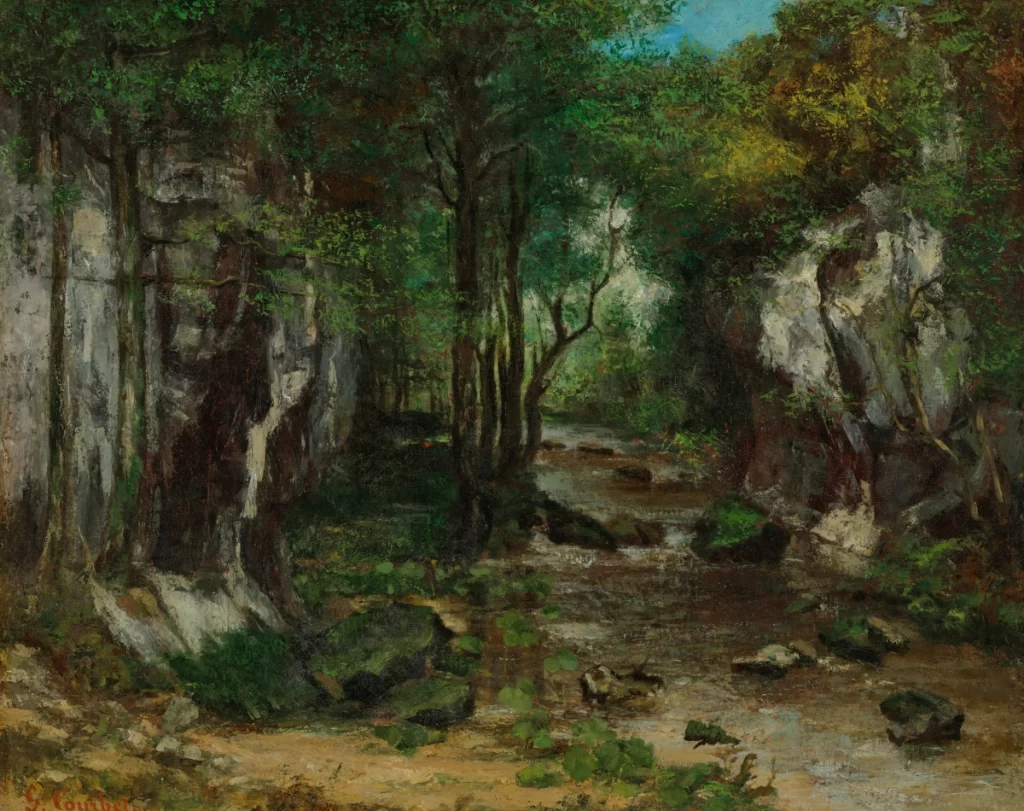
Pornography was not yet defined in the mid-nineteenth century when Courbet started painting. Courbet was often criticised because his paintings blurred the social class with the allegory of social reality. After his continuous response to the political upheavals in France, Courbet fled to Switzerland and died there.
Gustave Courbet’s Social Realities
Gustave Courbet’s portrayals of social realities and issues, such as The Stonebreakers, 1849, Burial at Ornans, 1849-1850, and The Artist’s Studio: A Real Allegory Summarising A Period of Seven Years of My Life as an Artist, 1854-1855, make his renown and influence on nineteenth-century French art tough to refuse. The significance is Courbet always oversees all the figures with an innovative analogy, labouring and turning his back to a nude model, a symbolic illustration of academic practice.
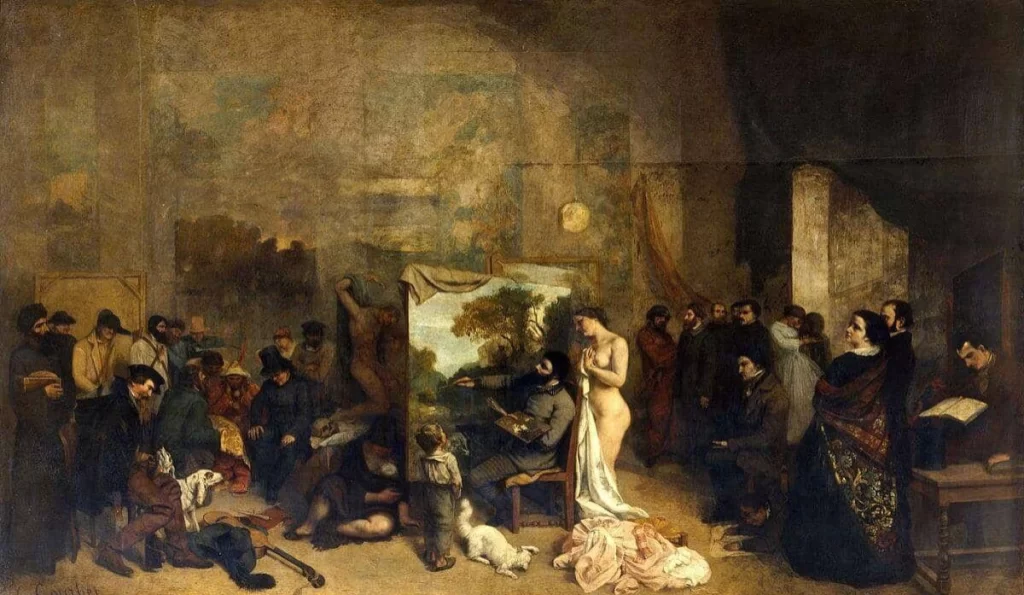
Artist Gustave Courbet never tried to hide the imperfections when he painted ordinary people; his paintings were not overtly political, and he expressed ideas of equality by eroticising normal individuals. Art historians always wonder whether Courbet’s paintings have a double meaning. The symbolic approach is often seen in his paintings that challenge viewers’ orientation of ways of seeing art.
Image Courtesy – AbirPothi

Krispin Joseph PX, a poet and journalist, completed an MFA in art history and visual studies at the University of Hyderabad and an MA in sociology and cultural anthropology from the Central European University, Vienna.





